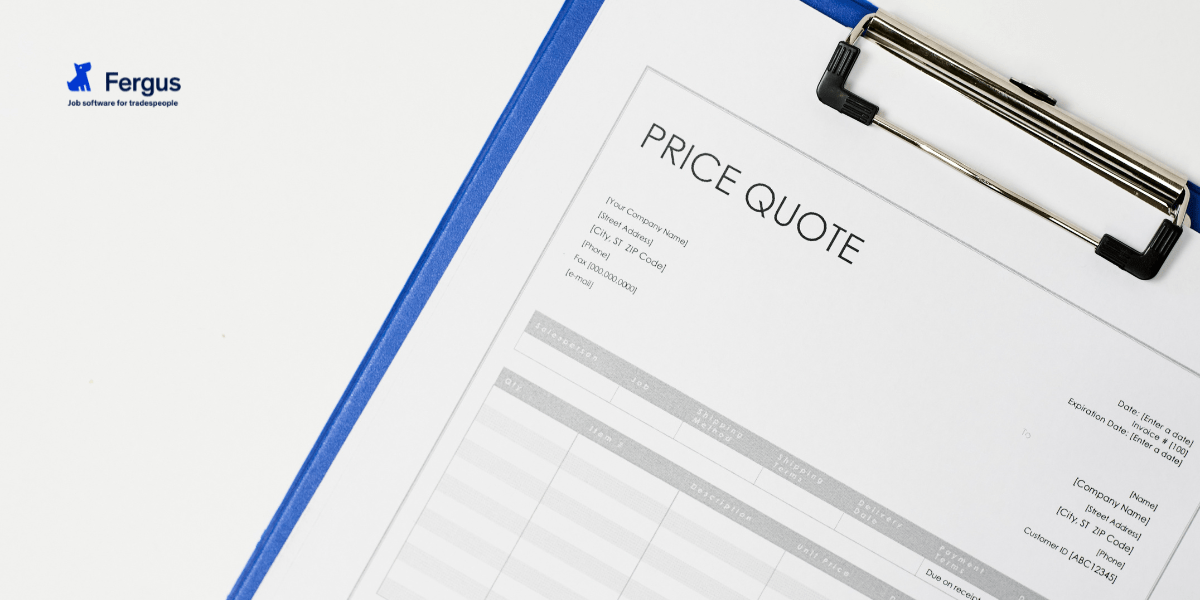
Invoicing for Tradies: Best Practices to Ensure Timely Payment
For tradies, managing finances efficiently is just as important as the skilled work performed on job sites. From all the various financial tasks, invoicing stands out as a critical process that ensures cash flow remains steady and businesses can continue operating smoothly. Here are some best practices for invoicing that can help tradies ensure they are paid promptly and maintain healthy business relationships with their clients.
1. Use Professional Invoicing Software
Gone are the days of handwritten invoices. Modern tradies should embrace professional invoicing software to create clean, clear, and professional-looking invoices. Software like Xero, QuickBooks, or industry-specific tools like Fergus can automate much of the invoicing process, reducing errors and saving time. These tools often include features like invoice tracking, reminders, and direct links to payment gateways which make it easier for your clients to pay promptly.
2. Be Timely with Your Invoices
The best time to send an invoice is immediately after the work is completed, while the service is still fresh in the client’s mind. Delaying your invoicing can often lead to delays in payment. Setting up a routine where invoices are issued on the same day as job completion helps establish a professional image and reinforces the importance of prompt payment.
3. Clear and Detailed Descriptions
Ensure that each invoice includes detailed descriptions of the services provided or the job completed. This should encompass the date, the type of work, the materials used, and the hours spent if applicable. Clear descriptions not only make your invoices more professional but also reduce the likelihood of disputes and delays, as everything is clearly itemized and justified.
4. Include All Relevant Information
An effective invoice should include not only your business name, address, and contact details but also those of your client. Don’t forget to add the invoice number for tracking purposes, the date the invoice was issued, and a due date which clearly states when the payment is expected.
5. Set Clear Terms of Payment
Before commencing work, ensure that your payment terms are discussed and agreed upon with your client. These terms should then be clearly stated on your invoice. Typical payment terms range from 7 to 30 days. Stipulating late payment fees can also incentivize clients to pay on time. Be clear about the forms of payment you accept (e.g., bank transfer, cheque, credit card, or online payments like PayPal) to avoid any confusion.
6. Follow Up Promptly
If a payment is late, don’t hesitate to send a polite reminder to your client. Sometimes invoices can be overlooked or misplaced. Sending a follow-up email or making a quick phone call can help maintain cash flow without damaging client relationships. Set a schedule for follow-ups, starting with a gentle reminder a few days before the due date, and more firm reminders weekly or bi-weekly after the invoice has become overdue.
7. Maintain Good Records
Keep accurate records of all invoices and payments. Good record-keeping helps not only in managing your business finances but also comes in handy if there are discrepancies or disputes over payments. With digital invoicing software, keeping track of all your invoicing data becomes much easier and more accessible.
8. Offer Multiple Payment Options
The easier you make it for clients to pay, the faster you will receive payment. Offering multiple payment options that are convenient for your client ensures that they can choose the method that suits them best, leading to quicker payments. This might include direct bank transfers, online payment platforms, or even mobile payment solutions.

